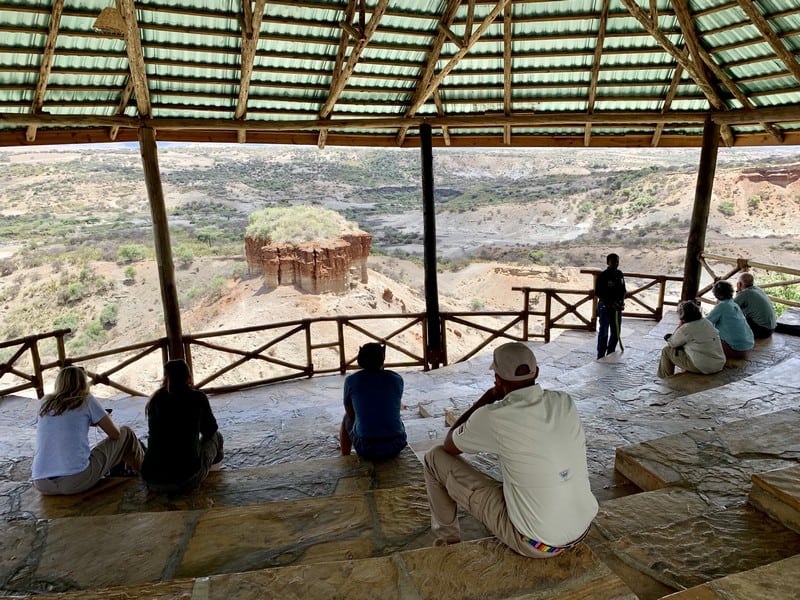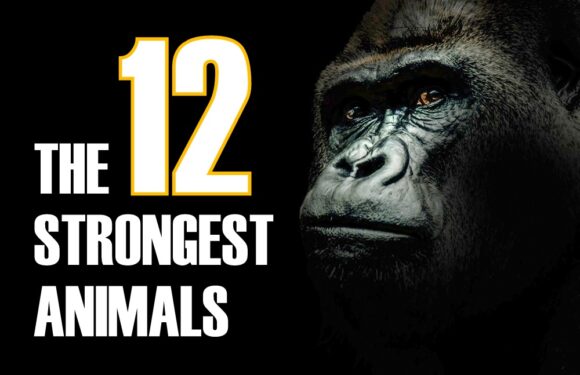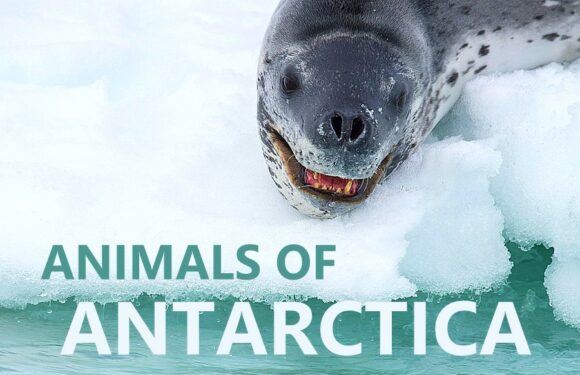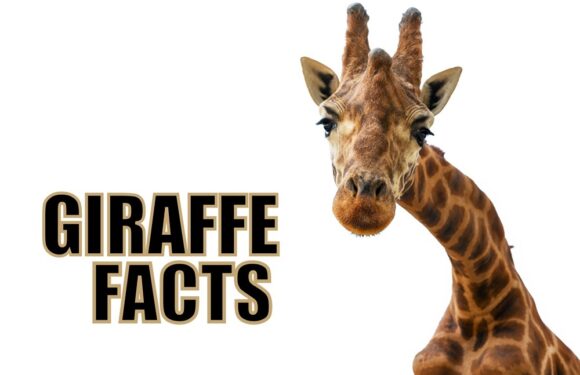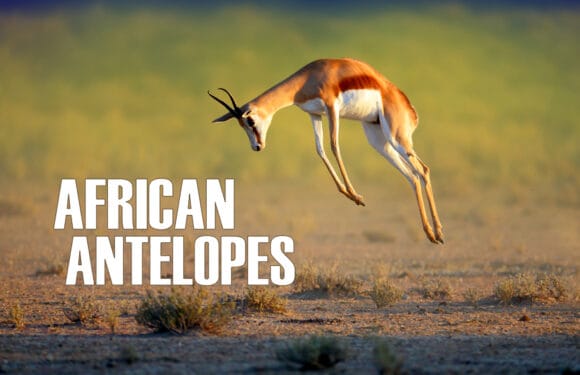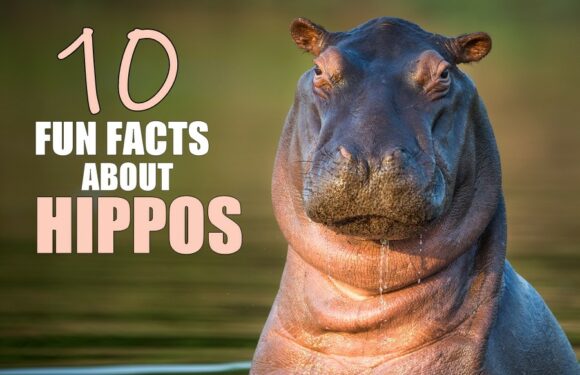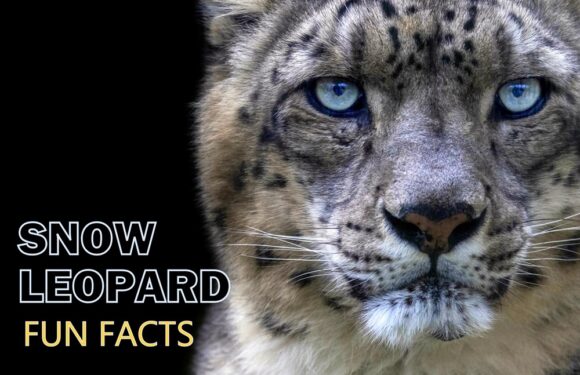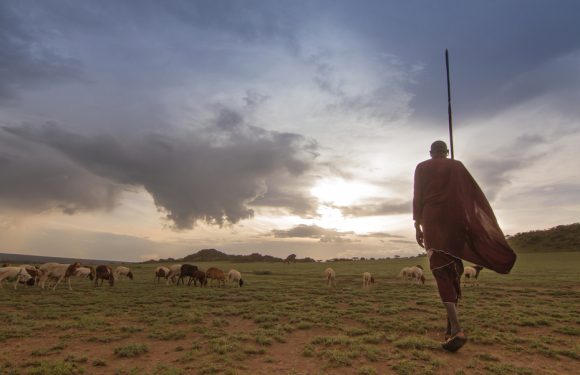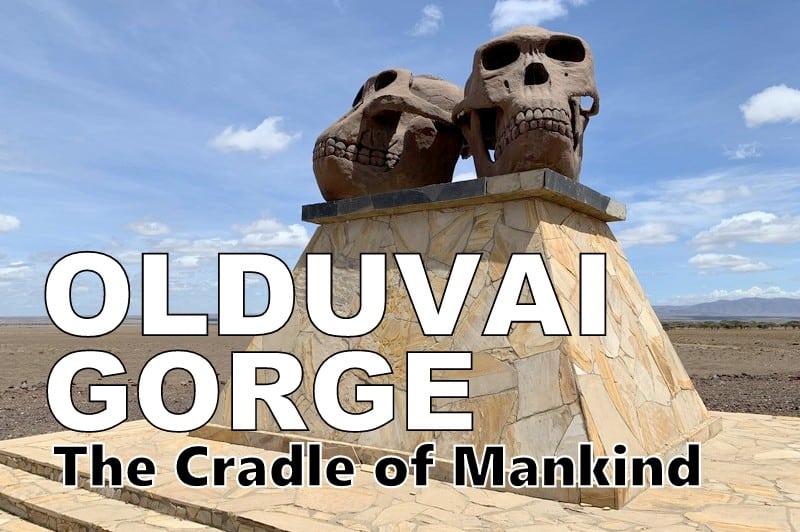
In the Great Rift Valley, within the heart of Tanzania, lies Olduvai Gorge, a site of grand significance in the origins of humanity. This geological feature, often referred to as the “Cradle of Mankind,” has been instrumental in shaping our understanding of human evolution.
Where is Olduvai Gorge?
Olduvai Gorge is located in northern Tanzania. It is situated in the Ngorongoro Conservation Area, near Serengeti National Park.
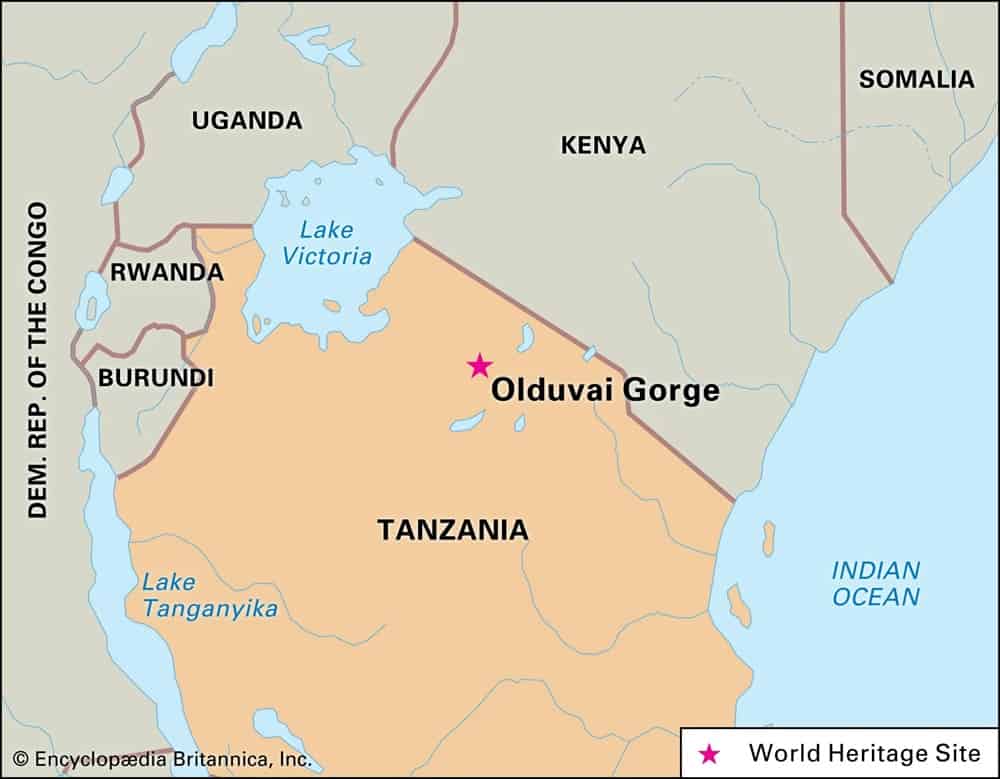
How Big is Olduvai Gorge?
Olduvai Gorge is approximately 30 miles (50 kilometers) wide and up to 295 feet (90 meters) deep.
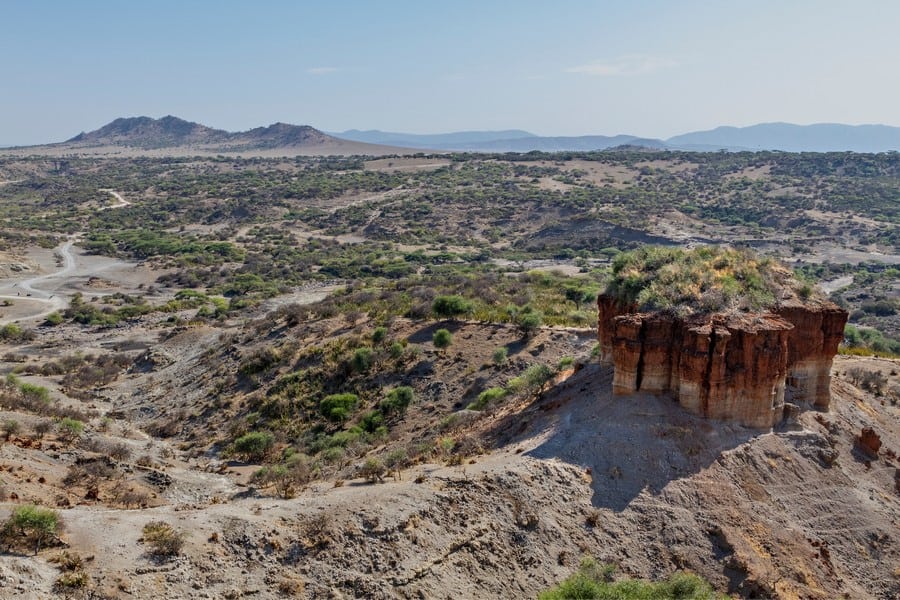
How Did Olduvai Gorge Get its Name?
The name “Olduvai” originates from the Maasai word “Oldupai,” which refers to the wild sisal plant (Sansevieria ehrenbergii) that is native to the region. This plant is known for its sword-shaped leaves. It is commonly used by the Masai people for various purposes, including making rope, clothing, and mattresses.
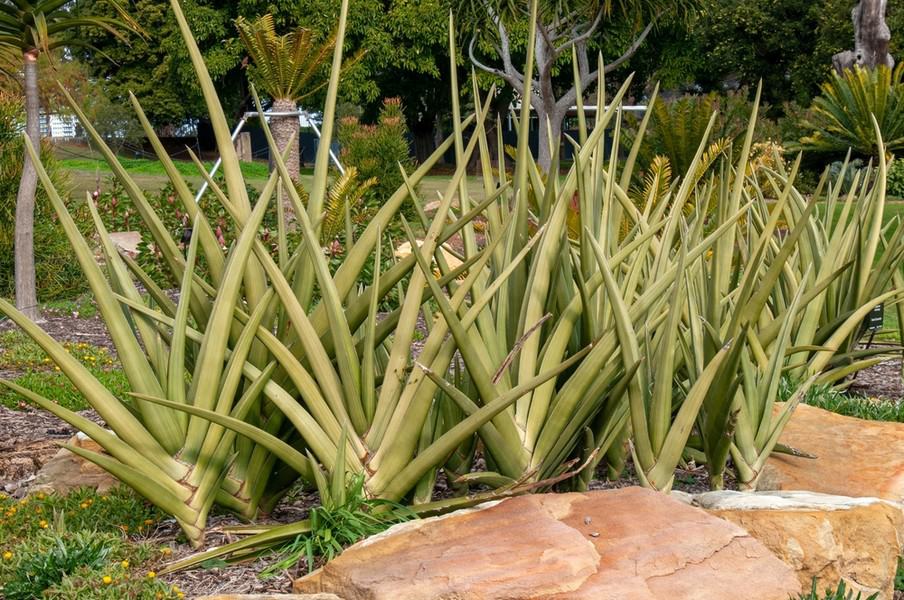
When the German entomologist Wilhelm Kattwinkel first visited the gorge in 1911, he was guided by local Masai who referred to the gorge as “Oldupai”. However, in his subsequent writings, Kattwinkel misheard or misspelled the word as “Olduvai”. This misnomer was adopted by other Western researchers.
Despite the initial error in transcription, the name “Olduvai Gorge” has since gained international recognition. While it may not accurately reflect the original Masai name, it has become an integral part of the scientific and historical narrative of this extraordinary site.
Why is Olduvai Gorge Important?
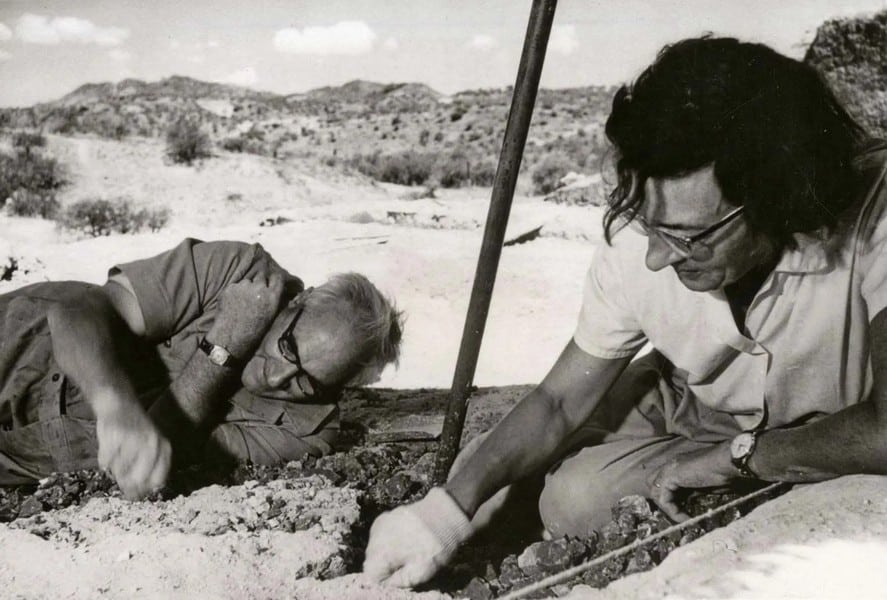
Olduvai Gorge presents a unique sedimentary record stretching back millions of years. It gained international acclaim due to its rich repository of early human fossils and artifacts. The site’s importance in understanding human evolution is unparalleled. It has been pivotal in providing evidence for the theory of human evolution and the understanding of early human life.
In the mid-20th century, British paleoanthropologists Louis and Mary Leakey found remnants of various hominin species. One of their most significant contributions was the discovery of the first fossils of Homo habilis, an early human ancestor. This finding, in the 1960s, pushed back the known date of human ancestors. It was also instrumental in establishing Africa as the birthplace of humanity.
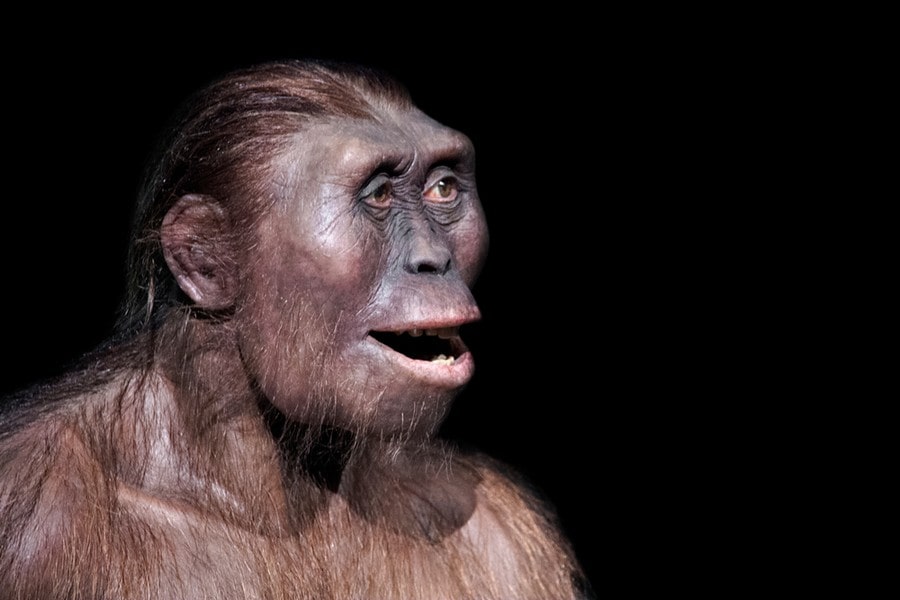
The Leakeys uncovered fossilized remains of early hominids as well, including Australopithecus boisei, further solidifying the importance of the region in human evolutionary history.
Equally important were their discoveries of ancient stone tools dating back to about 2 million years ago. These artifacts provided crucial insights into the behavior and capabilities of early humans. The progression of tools, from simple stone flakes to more complex hand-axes, speaks to the evolving intelligence and adaptability of early human species. These tools narrate a story of survival, innovation, and the gradual march towards modernity.
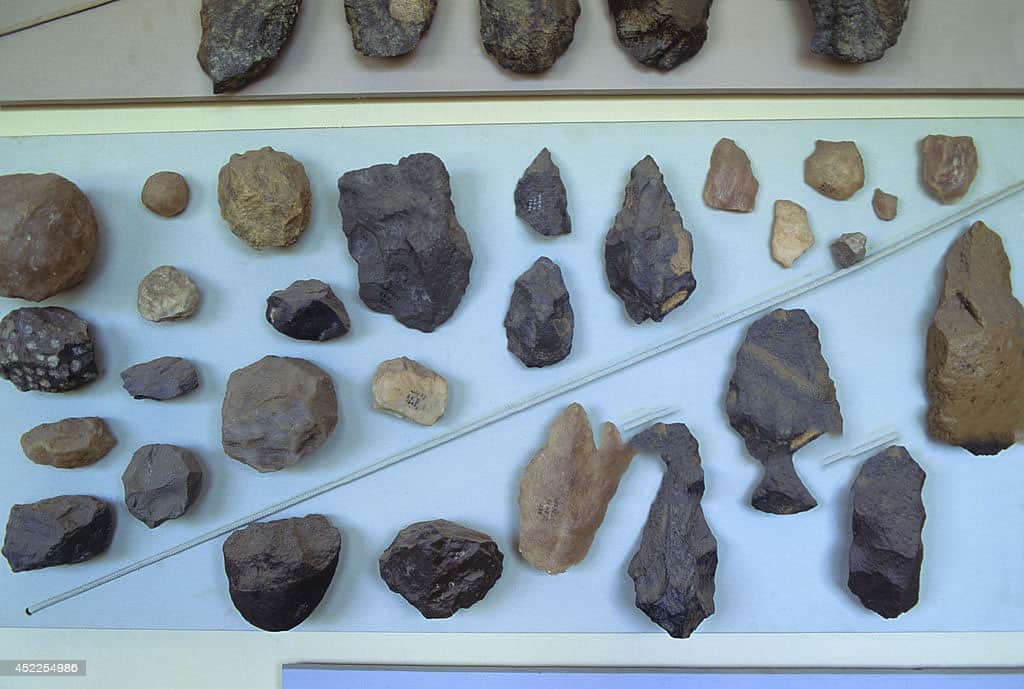
Who Were the Leakeys?
In the annals of paleoanthropology, few names are as respected as that of the Leakey family. Louis and Mary Leakey, a husband-and-wife team, emerged as trailblazers in the study of human origins. They dedicated their lives to unraveling the mysteries hidden in the ancient landscapes of East Africa.
Louis Leakey, born in Kenya to British missionary parents, developed an early fascination with African cultures and wildlife. His upbringing in Africa laid the foundation for his future work. Mary Leakey, born Mary Nicol in London, shared a similar passion for archaeology and anthropology. Their paths crossed in Africa, leading to a partnership that would significantly impact the study of human evolution.
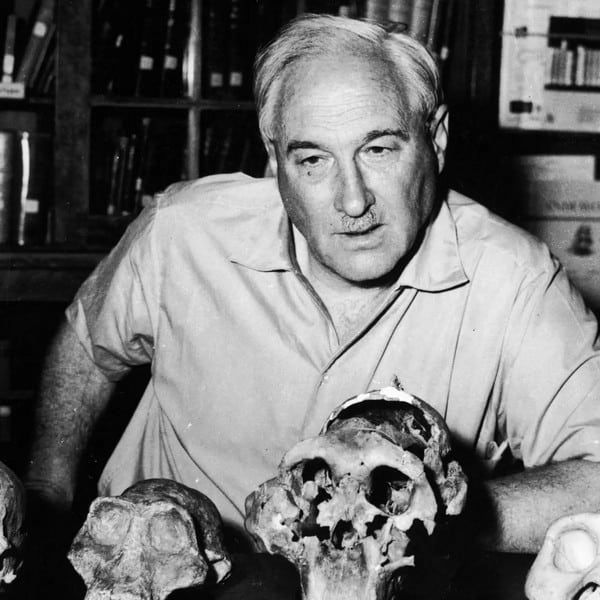
The Leakeys spent the bulk of their careers in the Olduvai Gorge in Tanzania, a site that would become synonymous with their names. Their relentless excavations and studies in this area were driven by a firm belief that Africa was the cradle of humanity, a hypothesis that was not widely accepted at the time.
Their work was characterized by meticulous fieldwork and a deep respect for the scientific process. They employed innovative techniques and were unafraid to challenge established norms. As a result, they often found themselves in the midst of academic debates. However, their commitment to understanding human origins never wavered, and their contributions have stood the test of time.
How Was Olduvai Gorge Formed?
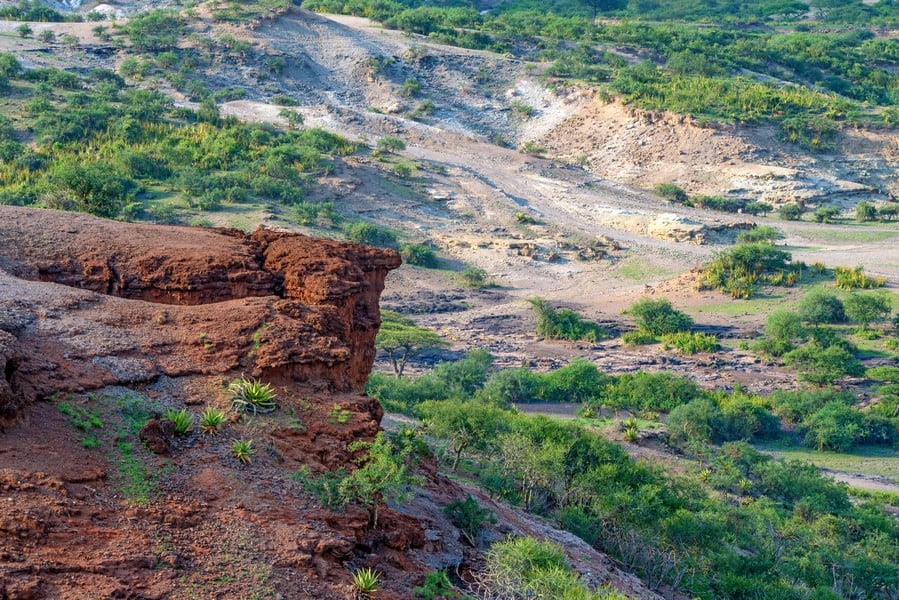
Approximately 20 million years ago, tectonic forces began pulling the African continent apart, creating a series of rifts or tears in the Earth’s crust. This tectonic activity ultimately led to the creation of the gorge. As the rift valley formed and expanded, volcanic activity followed. Eruptions deposited ash and lava in the area over time and formed the bedrock of the future gorge.
The actual carving of Olduvai Gorge began around 2 million years ago. The forces of erosion, primarily water, began to cut through the layers of volcanic rock and sediment. Rivers and streams, fed by rainfall and fluctuating weather patterns, gradually eroded the landscape.
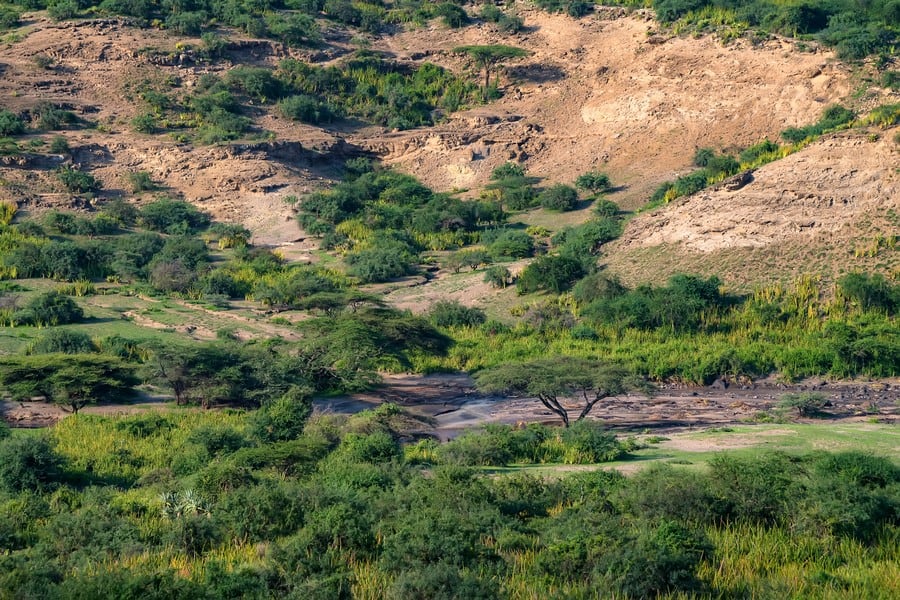
As the gorge deepened, it exposed a rich stratigraphy of sedimentary layers. Each layer represents a different period in the Earth’s history, capturing snapshots of the environmental conditions, climate, and life forms of the time. These layers have been crucial in dating the fossils and artifacts found within the gorge, providing a chronological context for the study of human evolution.
Tourism at Olduvai Gorge
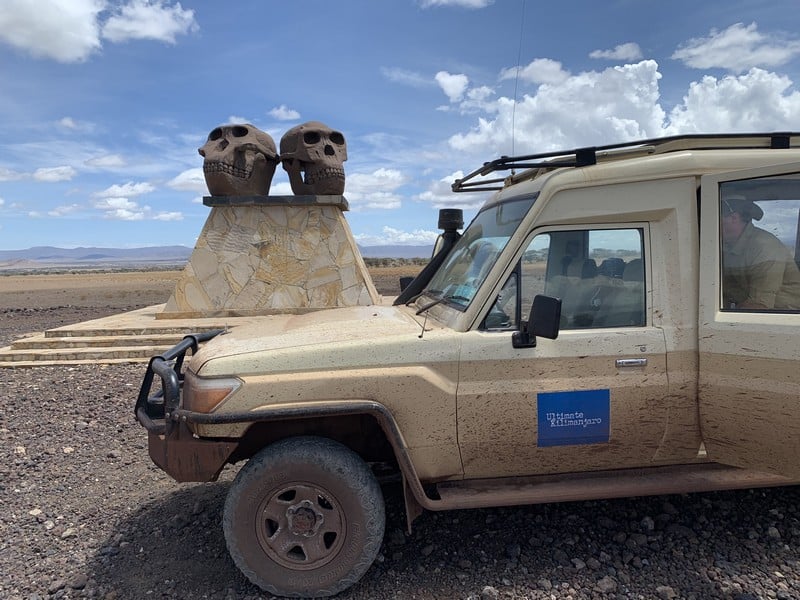
For those drawn to the mysteries of human evolution, Olduvai Gorge offers an opportunity to walk in the footsteps of our ancestors. The gorge itself is a stunning natural formation, with steep-sided ravines and layers of sediment that tell a story millions of years old. The landscape is both stark and beautiful.
The new Olduvai Gorge Museum, which opened in 2018, contains a trove of information and exhibits. Here, tourists can immerse themselves in the history of the gorge and its significance in understanding human evolution. The center features displays of fossils and tools unearthed in the area, along with detailed explanations of their historical context and significance.
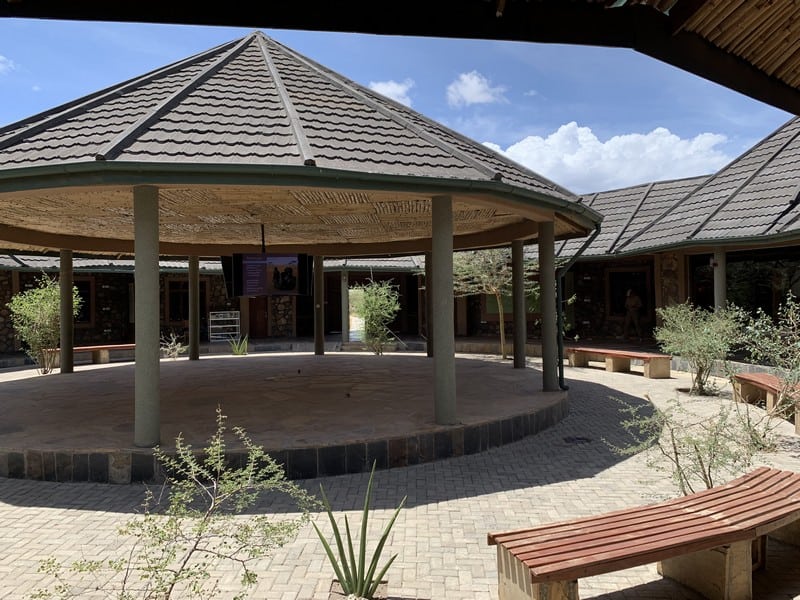
There is also a short presentation at the outdoor theater overlooking the site.
Our safaris visit Olduvai Gorge on the way to the Serengeti.
